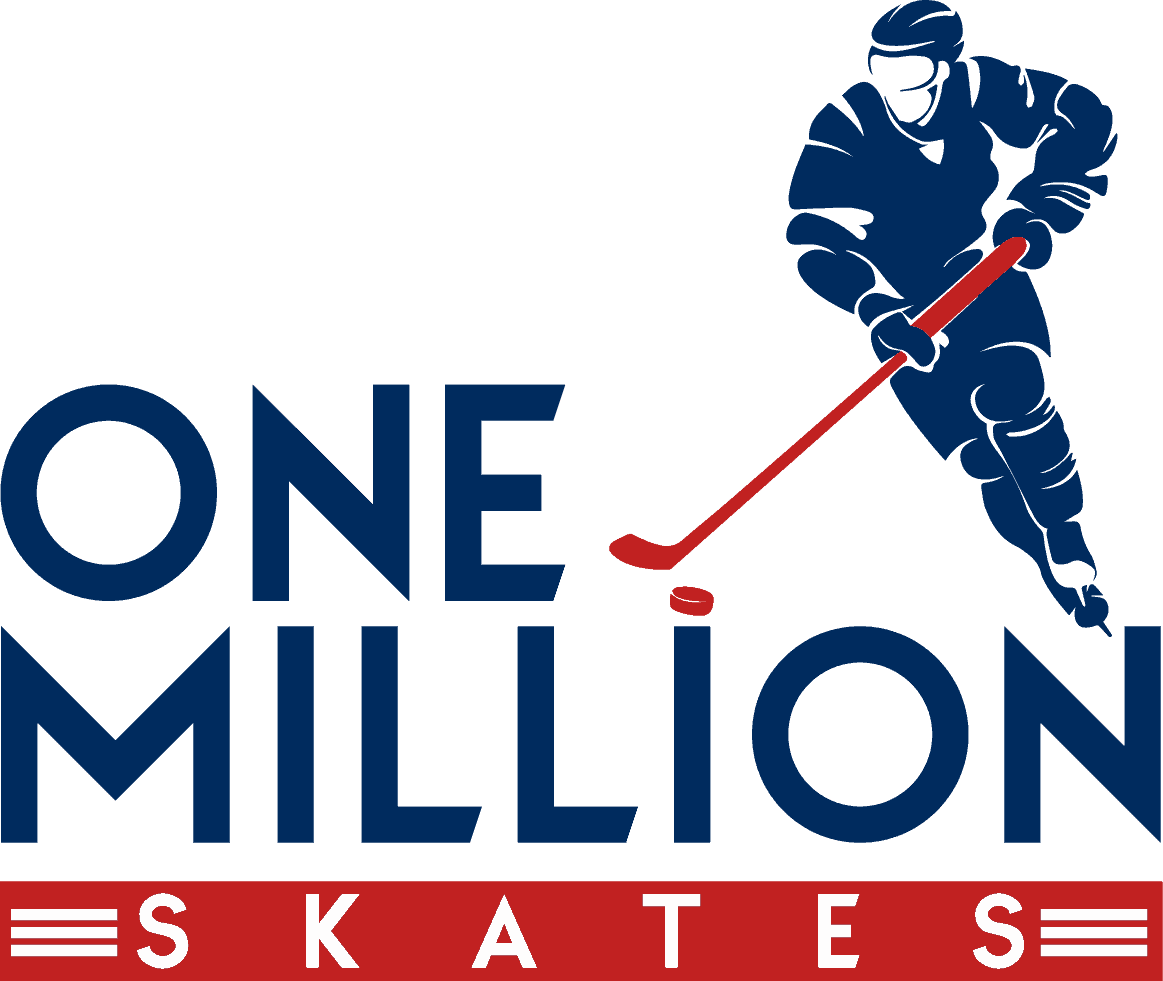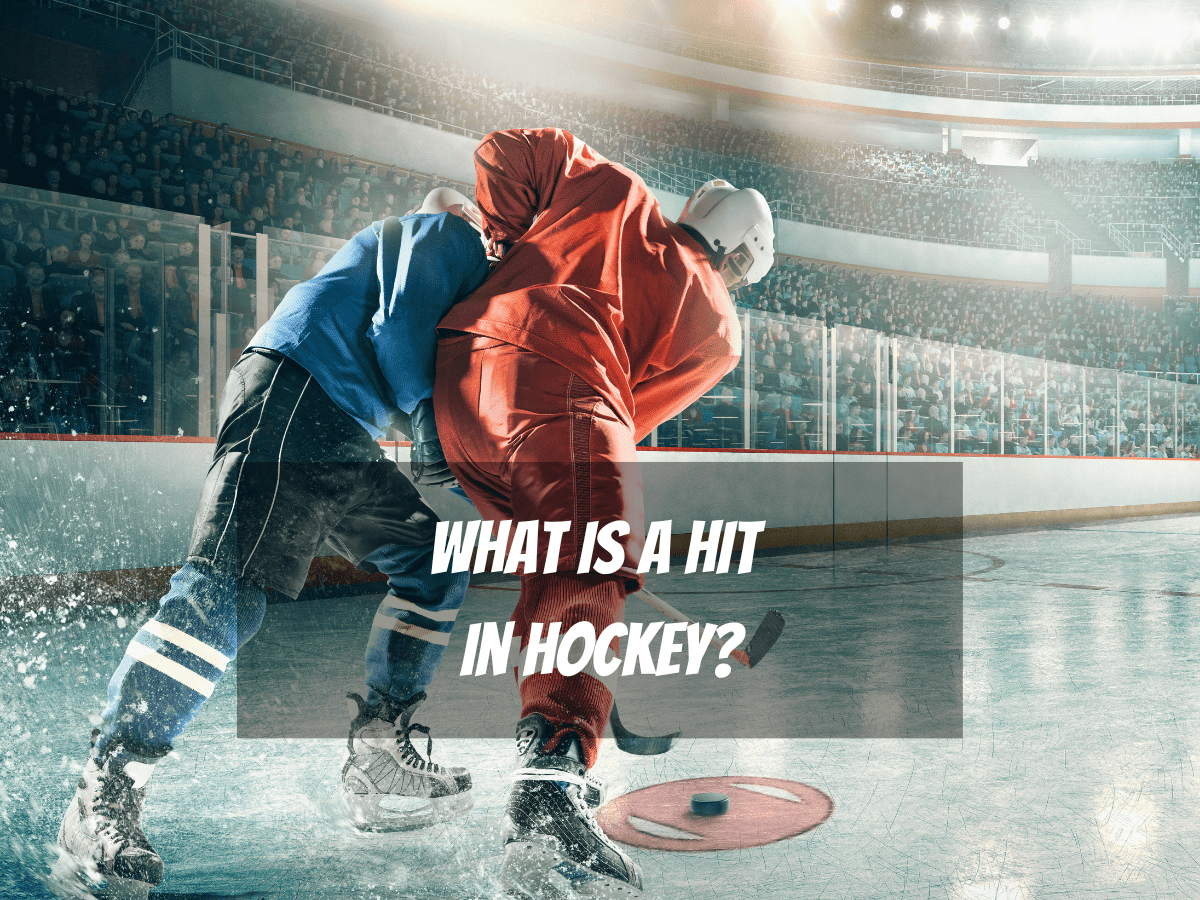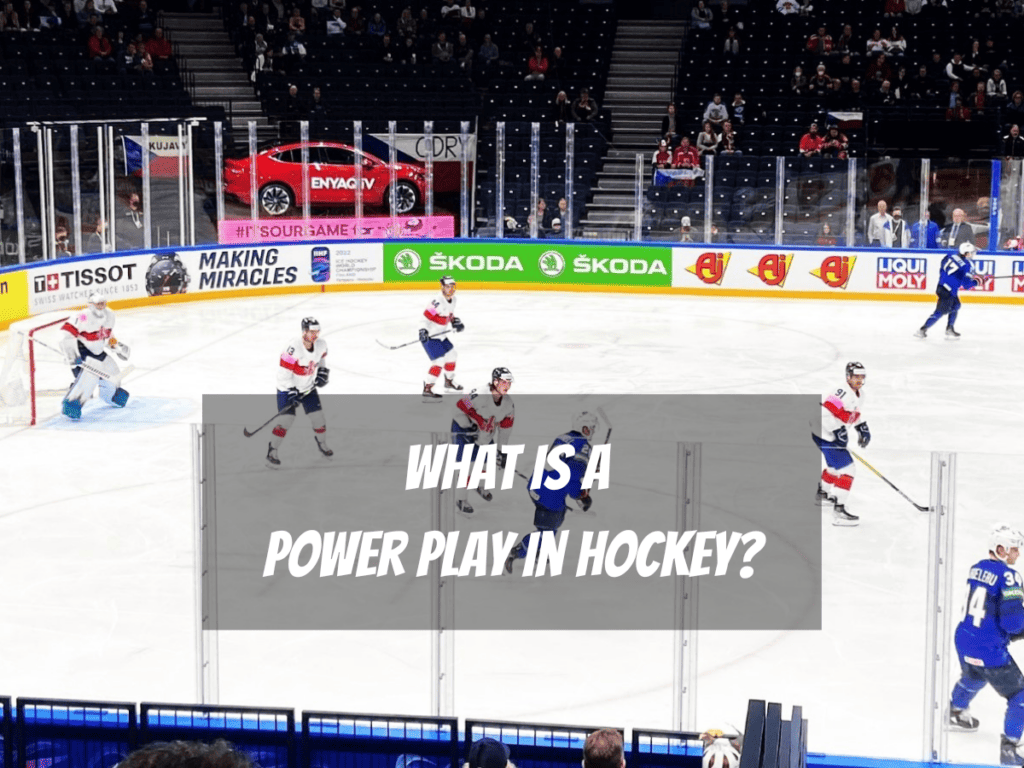A hit in hockey is when a player makes deliberate physical contact with an opponent, primarily to gain puck possession or to impede the opponent's progress. The hit, or body check, is an integral part of the game, adding both excitement for the spectators and strategy for the players.
Definition Of A Hit In Hockey
The primary objective of a hit in hockey is straightforward: separate the opponent from the puck. This separation, even for a fleeting second, can give a team the tactical advantage they need.
It can disrupt the flow of the opposing team, break their formation, or lead to a turnover. But achieving this is not as simple as it sounds.
Timing is of the essence. A well-timed hit from a hockey player can catch an opponent off-guard and stop them in their tracks. Precision ensures that the hit is targeted, purposeful, and within the game's rules.
No matter how powerful, misplaced illegal hits in hockey can lead to penalties, putting the team at a disadvantage. They can also lead to serious injury.
However, it's crucial to differentiate between a hit and mere physical contact. In the heat of the game, hockey players often collide, brush against each other, or engage in skirmishes.
But not all of these are a hit in hockey. The distinction is in the intent. A hit in hockey is deliberate, with a clear objective, while other contacts might be incidental or even accidental.
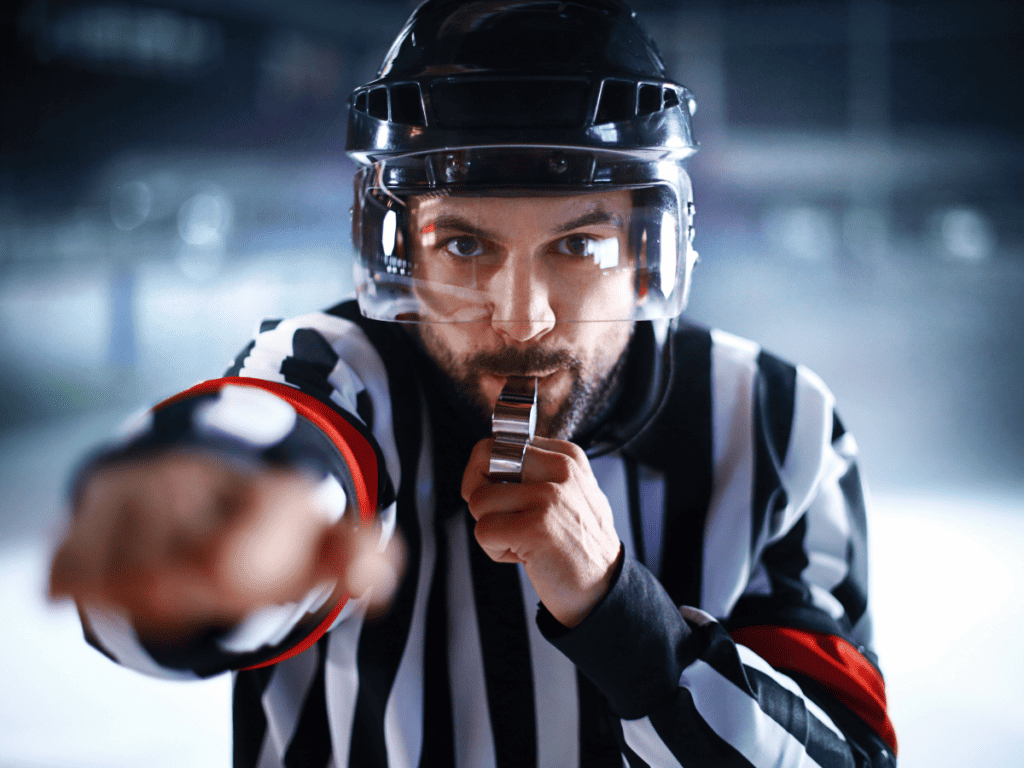
How To Hit In Hockey
Anticipation is foundational to checking. A hockey player must be able to predict the opponent's next move. This foresight allows them to position themselves optimally, ensuring that the check is both effective and minimizes risk.
Proper body positioning ensures a hit in hockey is effective, safe, and within the rules. The hockey player's feet should be shoulder-width apart, knees bent, and the core engaged. This stance provides stability, ensuring the player remains grounded during the check.
With their years on the ice, veteran defensemen have honed this skill to perfection. Their checks seem fluid, a natural extension of their gameplay. But behind every big hit in hockey is a wealth of experience, countless hours of practice, and a deep understanding of the game.
The proper technique ensures that the check is both impactful and legal. It minimizes the risk of penalties, maximizes the disruption to the opponent, and can help a team win.
For newcomers to ice hockey, mastering the hit in hockey properly can be challenging. It requires guidance, practice, and, most importantly, patience. But once learned, it becomes an invaluable tool in a hockey player's arsenal.
Types Of Hits And Checks
Different types of checks or hits in hockey play a pivotal role, each with unique characteristics and strategic applications.
Shoulder Check
One of the most common types of hit in hockey. The player uses the force of their shoulder to make contact with the opponent. The primary objective is to impede the opponent's progress and separate them from the puck.
When delivered with precision and at high speeds, a shoulder hit can be a potent tool to regain puck possession or disrupt the opposing team's flow.
Hip Check
These are more specialized and require a higher degree of skill. A hip check involves a player using their hip to make contact with the opponent, aiming to knock them off their trajectory.
The timing is crucial; a fraction of a second too early or too late, and the check could miss or even backfire. When executed perfectly, hip checks can be both visually spectacular and highly effective in halting an opponent's advance.
Open-Ice Check
As the name suggests, these checks are executed away from the boards, in the middle of the rink. They require impeccable timing and precision. The player aims to catch the opponent off-guard, using the element of surprise to their advantage.
Board Check
These are executed close to the boards. The player uses the boards as an additional force, pinning the opponent or slowing them down. Board checks are strategic, often used to trap opponents or separate them from the puck.
A board check shouldn't be confused with boarding, which is an illegal move. Boarding occurs when a player is hit into the boards in a manner that is considered violent or dangerous.
Each type of hit or check has its place in the game, and mastering them requires practice, understanding, and instinct. Timing is essential and one of the most difficult elements to master. Hits in hockey are a testament to the fact that hockey is not just about speed and strength but also about strategy, skill, and finesse.
Are You Looking To Unleash Your Inner Hockey Player?
You may be a seasoned player moving to the next level, a novice, or a fan trying to understand the game.
Do you want to know what the difference between boarding and charging is in hockey, how to bake your hockey skates, or how to impress a scout?
We have the answers to these and many more questions.
Rules And Regulations Of Hitting In Hockey
Hockey, while a sport of passion and intensity, is also bound by strict rules and regulations, especially regarding hits. Governing bodies worldwide (such as the International Ice Hockey Federation and the National Hockey League) have set these rules to ensure player safety and maintain the game's integrity.
A "clean hit in hockey" is one that is executed within the guidelines. It's a hit that targets the puck-carrying player's body, not the head or below the knees. Hits above the shoulders or to a player's head can lead to penalties or even ejections from the game.
Additionally, blindside hits, where a player is struck from their blind spot, are often penalized due to the increased risk of injury. Over the years, as our understanding of concussions and their long-term effects has grown, there's been a push to make the game safer, leading to stricter regulations around hits.
The Controversies Surrounding Hits In Hockey
Hits in hockey have always been a contentious issue. While they add excitement to the game and are a crucial strategic element, they also come with risks. Concussions and other injuries resulting from hits have led to debates about their place in the sport.
Some argue for stricter regulations, while others believe that hits are integral to hockey's identity. As more research emerges about the long-term impacts of repeated concussions, the hockey community is grappling with finding a balance between player safety and the sport's physical nature.
Are Women Allowed To Hit In Hockey?
Body checking is not allowed in many women's leagues, a rule some believe is rooted in outdated notions about women's fragility and their supposed inability to handle the game's physicality. However, this perspective is changing.
Many female hockey players have trained in mixed or men's leagues (at least at the minor hockey level) and are fully capable of giving and receiving body checks.
As women's hockey gains more recognition and popularity, there's a growing call to revisit the rules and allow body checking in women's hockey.
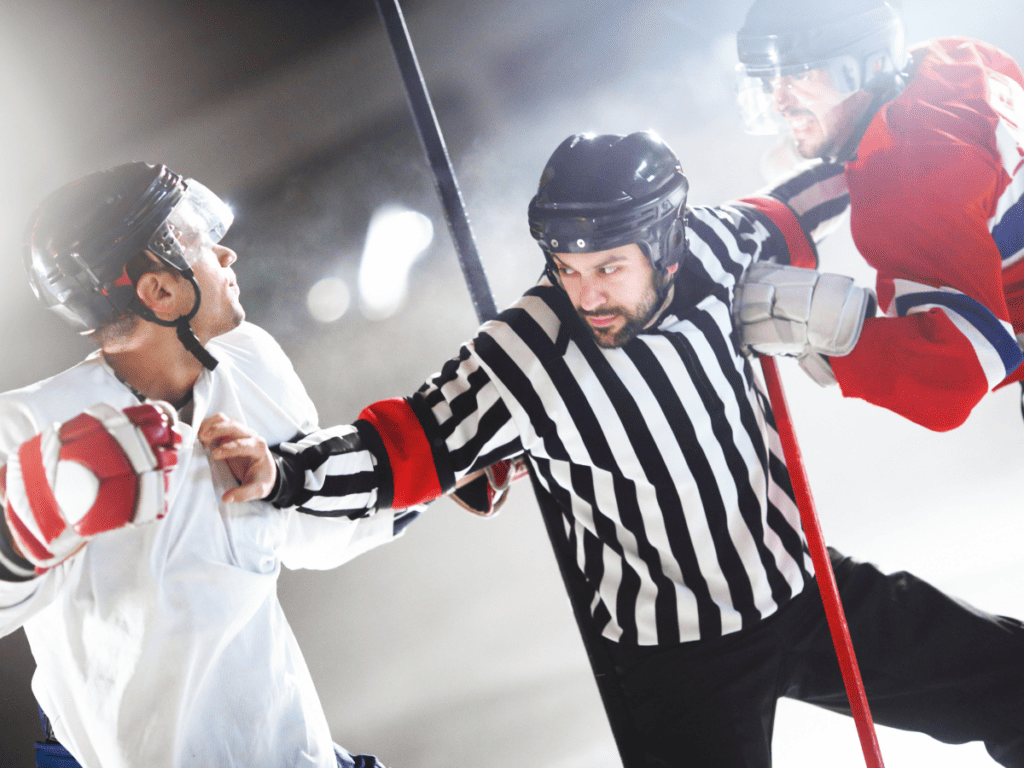
The Future Of Hitting In Hockey
The future landscape of hits in hockey (or body-checking) is uncertain. Further rule changes are possible with increasing awareness about player safety, especially concerning head injuries.
Some suggest introducing softer body armor, which might reduce the impact of hits. Others propose rule changes that limit certain types of hits or introduce stricter penalties for infractions.
Technology might also play a role, with advancements in helmet design aiming to reduce concussion risks.
However, hits in hockey, for many fans and players, are an integral part of the game, and their future will undoubtedly be a topic of much discussion and debate in the coming years.
Conclusion Hitting In Hockey
In conclusion, while hits and checks are physical aspects of hockey, they are not just about strength but also precision, positioning, and technique. Timing is essential for the hit to be effective, legal, and safe.
